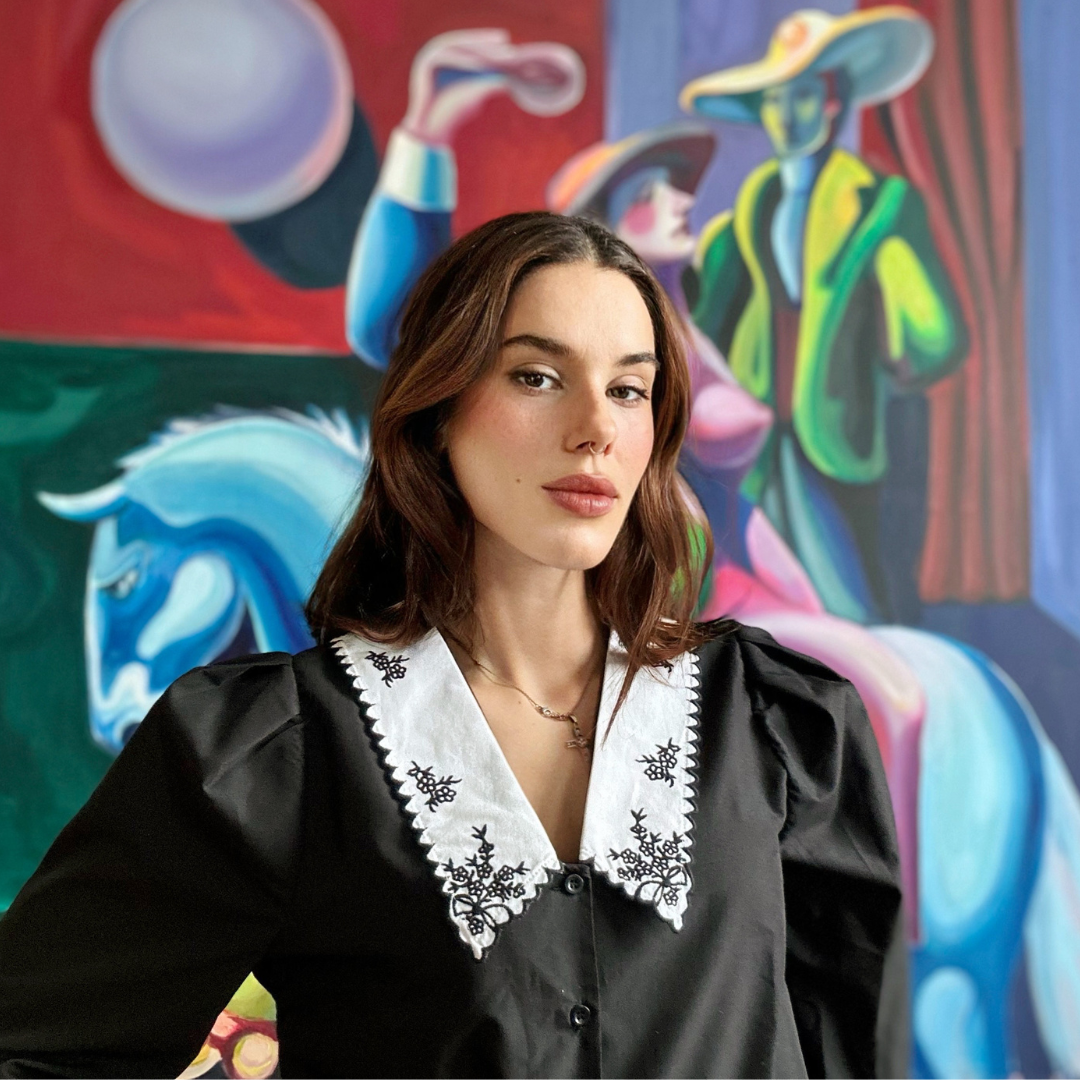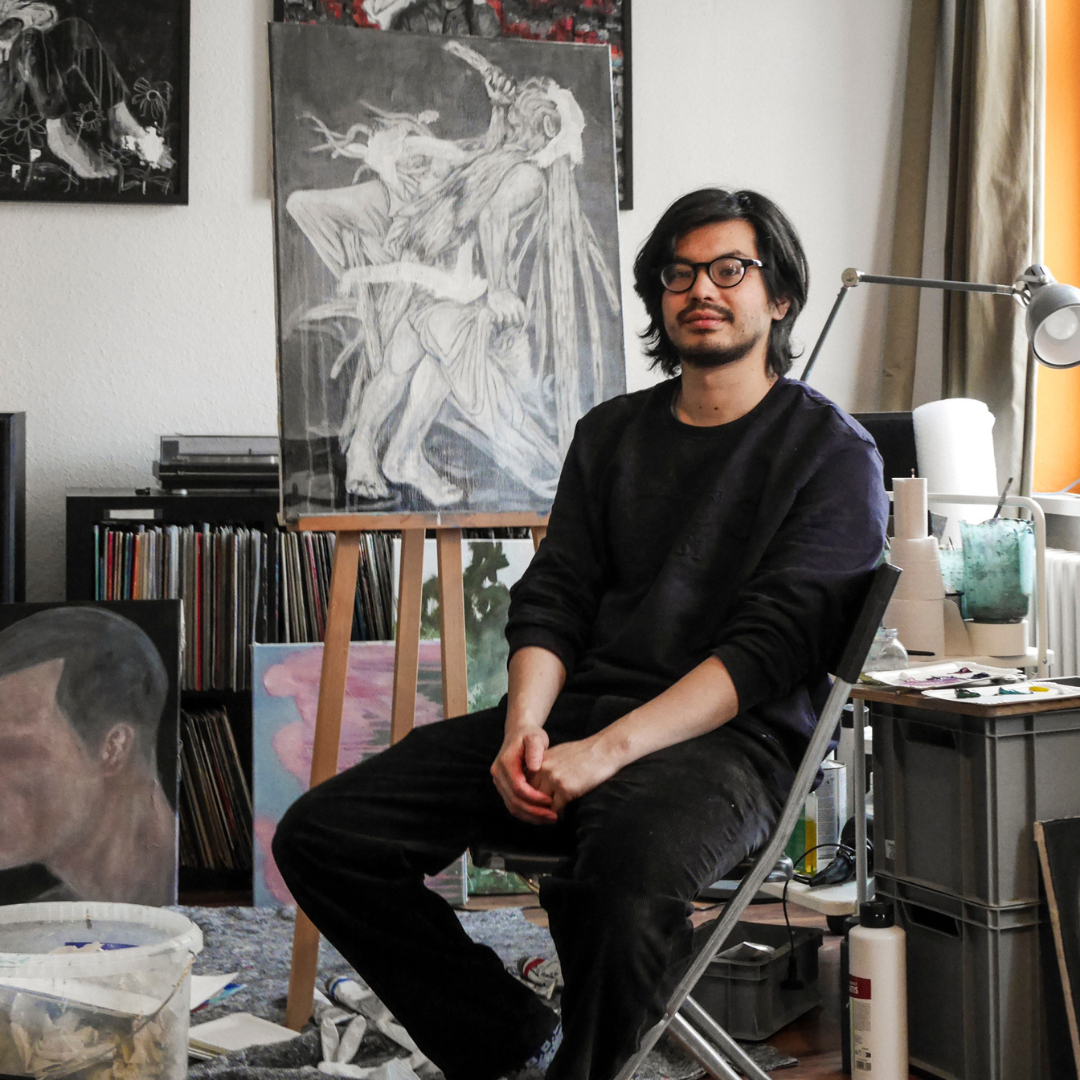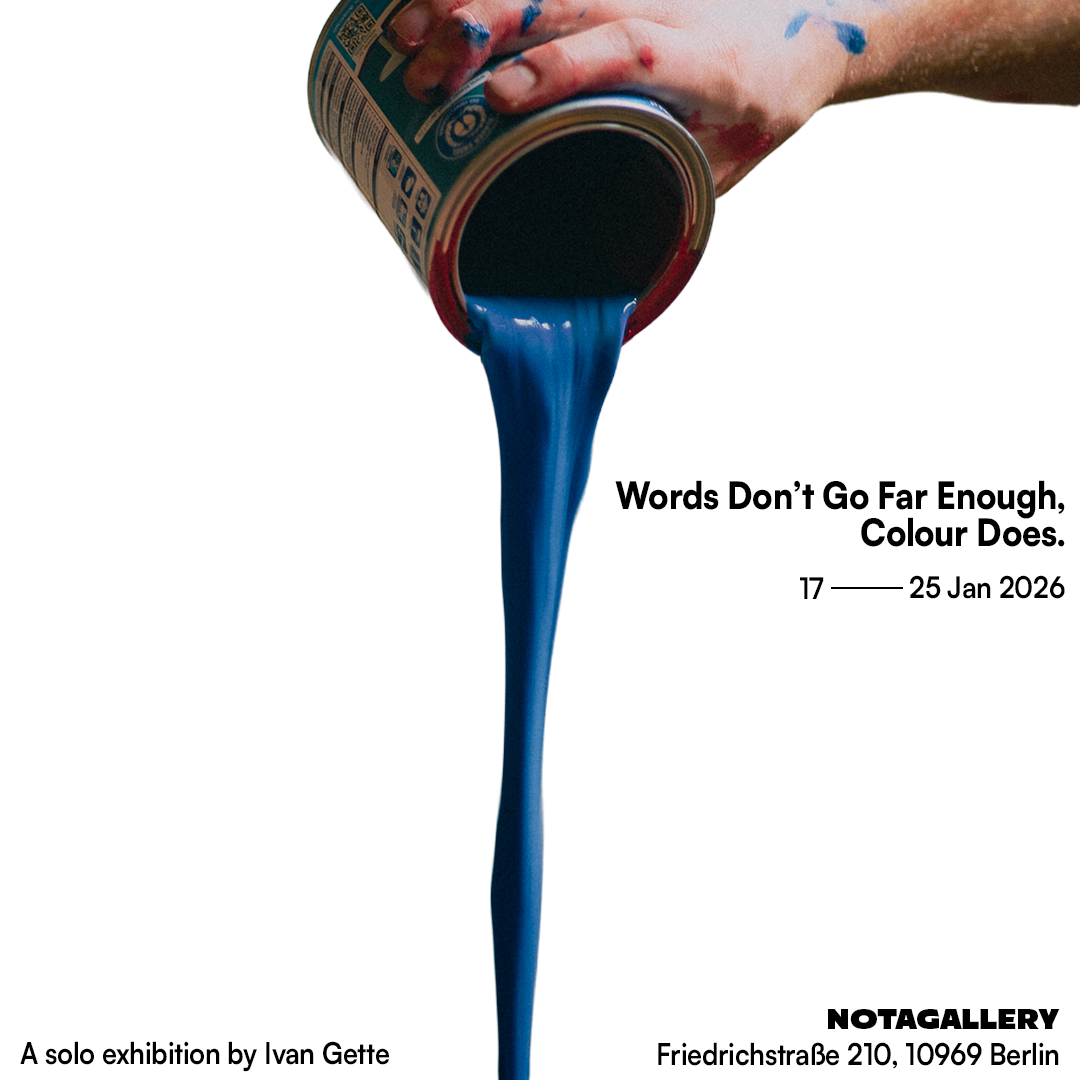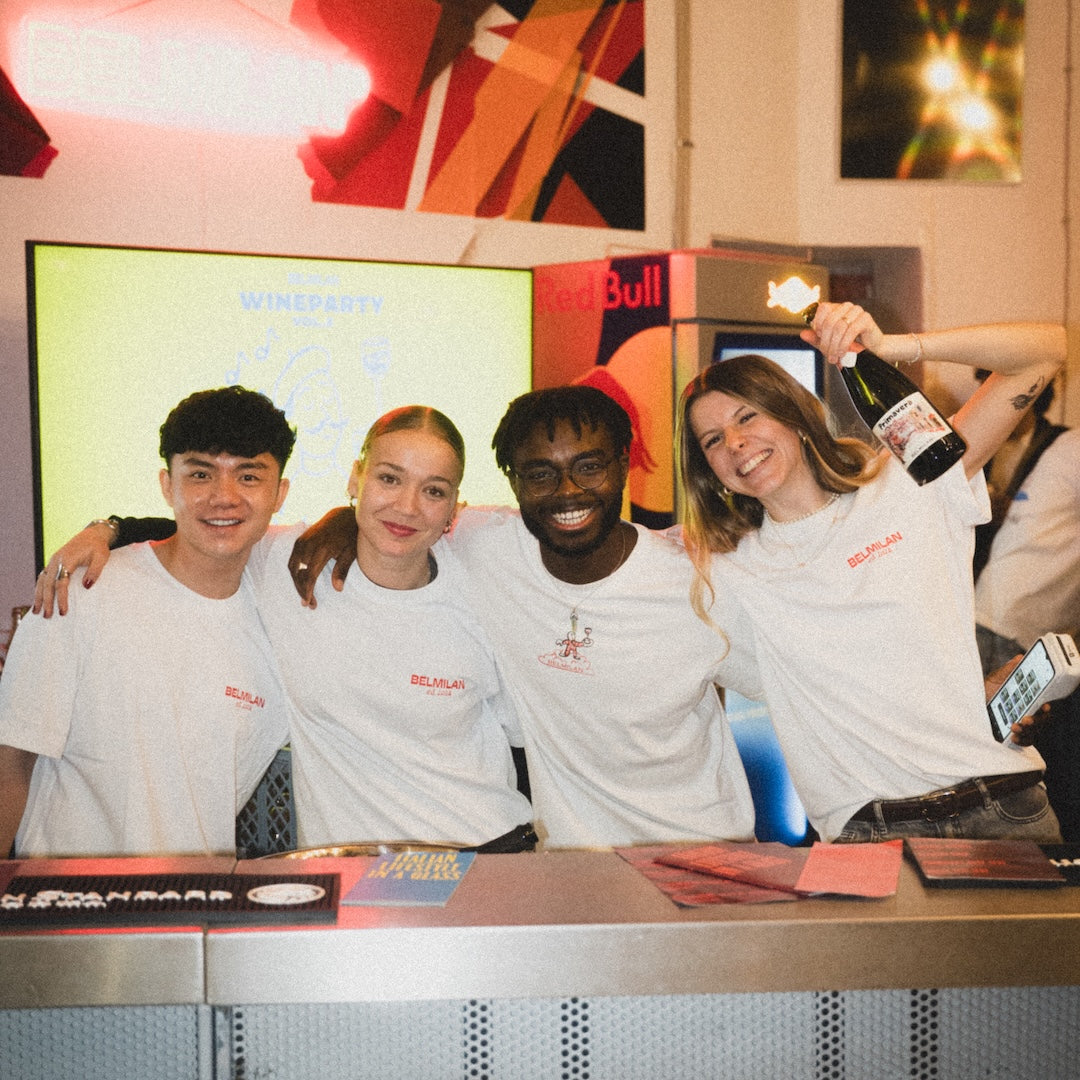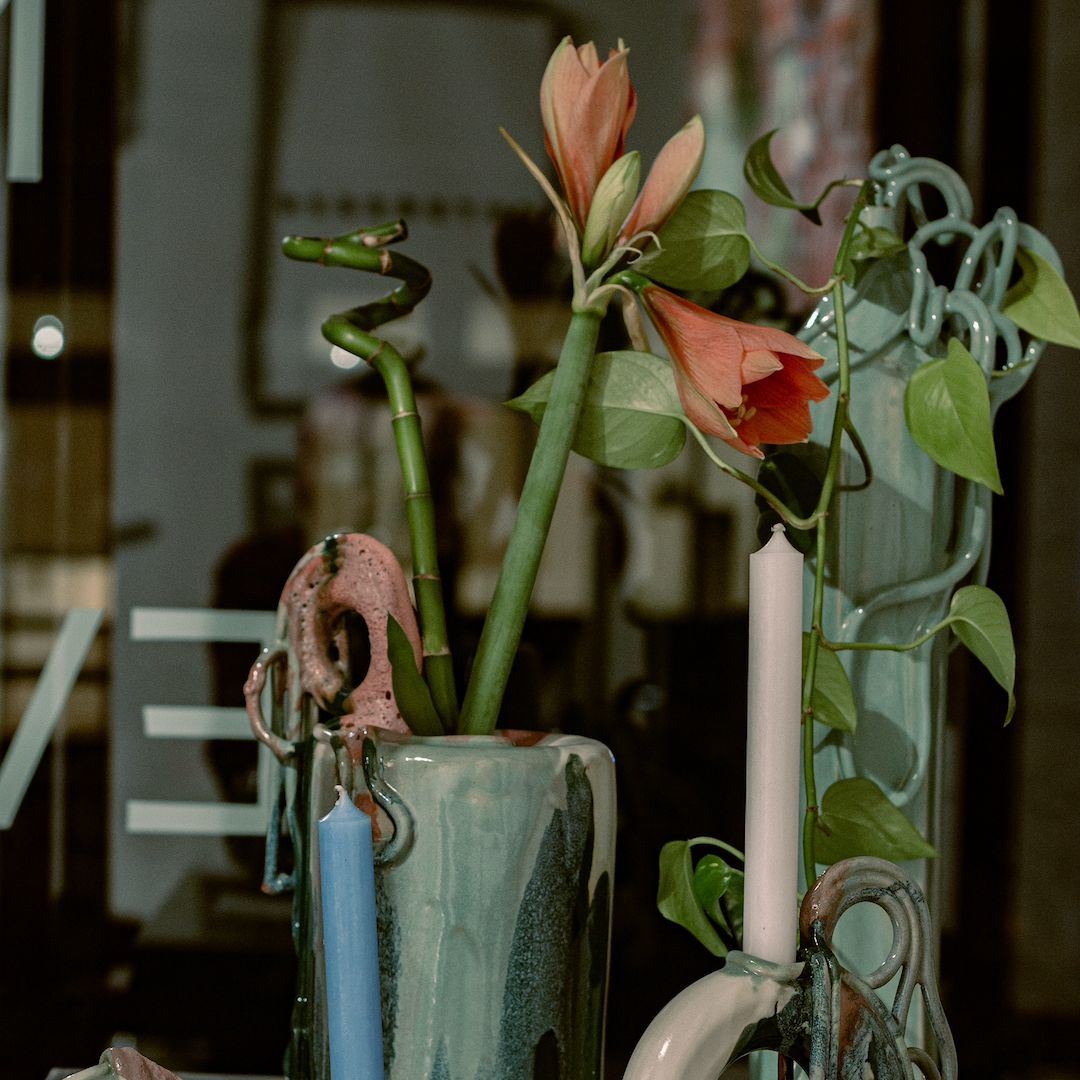In anticipation of the solo exhibition "Unexpected Unpredictability" at Notagallery, from March 8th to the 23nd, we got to grab an exclusive interview with the mastermind behind the collection, Kedimari, also known as Melisa Maria Tatar. This conversation offers a glimpse into the creative process and inspiration of the artist, whose work challenges and redefines the boundaries between reality and imagination through vibrant colors and innovative forms.
Q : Can you present yourself and your journey as an artist (short introduction)
Hello, I'm Kedimari, a.k.a Melisa Maria Tatar, an artist captivated by the vibrant narratives of human experience. My artistic journey began amidst the cultural richness of Romania, where I first explored the language of art at Ploesti Scoala Popular De Artã, dabbling in both violin and painting. This early immersion sparked a lifelong passion for creative expression.
Continuing my exploration, I ventured into the bustling artistic scene of Istanbul, refining my skills in oil painting. It was here that I began to develop my artistic voice, blending contemporary techniques with traditional expressionism.
With a BFA degree in Graphic Design, I embarked on a journey to merge my diverse influences into a cohesive artistic vision. My exhibition at Notagallery in Berlin in 2023 marked a significant milestone in this journey, where I sought to bridge the gaps between past and present, individual and community, through my vibrant and evocative creations.
Each piece I create is a reflection of the shared human experience, capturing the beauty and complexity of life in all its forms. I invite you to join me on this journey of discovery and connection through art.

Kedimari in her atelier in Berlin. Courtesy of the artist.
Q : Why did you choose the name Unexpected Unpredictability for your solo show at notagallery ?
The title and subject of the exhibition covers the ordinary and familiar state of being human and the complexity of human beings in society. Unpredictable life scenes are a different reflection of our current situations. Therefore, unexpected moments are shaped by the small effects of our communal life. Every existing scene, every color, situation, and gesture is a marvelous harmony of unpredictability, just like the unpredictable harmony of art.
Q : How do you approach the interplay between color and form to transform familiar narratives into something extraordinary?
I approach the interplay between color and form by observing the ordinary scenes of life, capturing moments that arise from the chaotic harmony therein. I then blend these situations with the distorted descriptions created in my mind. This collision of the known with the fictional crafts a new scene. The fluid cycle of my colors shapes the form. I aim for the eyes to follow these color cycles to perceive the whole and experience 'a color beam wandering'. Thus, the narrative elements act as a bridge, connecting the canvas's realms with the mind, processing these depictions to enter the mind in the most striking manner.
Q : How do you choose the narrative of your paintings, are they inspired by personal experiences ?
The narratives within my canvases are as varied as a grand masquerade, encompassing an eclectic ensemble of scenes, characters, and epochs. Ideally, I'd mine the depths of my own life stories, yet to encompass such a breadth, one might need to be a cat with nine lives! So, I look to the rich stories all around us, observing and weaving together the diverse threads of our shared experiences.
This creative process is a journey from the universal to the particular. My own experiences might ignite the spark, setting scenes and casting fleeting shadows. Yet, ultimately, the broader narrative resonates on a personal level with each observer. The scenes I craft are not fixed; they evolve with our emotions, allowing the viewer to imprint their own moods and memories onto the canvas.
Q : What or who were your primary inspirations or influences for this exhibition ? How have they shaped your exploration of color, form, and narrative ?
My exhibition draws from the vibrant drama of human societies, mirroring a theatrical play where life's red satin curtains encase our actions. My canvas sets the stage, inviting viewers into a new mental tableau. Influenced by the emotional hues of period films, from Tim Burton's whimsy to the allure of 1960s French cinema, my color choices reflect each scene's depth.

Beetlejuice, Tim Burton.
The elegance and lively essence of the 1960s, captured in Moulin Rouge posters and vintage photos, inspire my characters' designs. This work also echoes the bittersweet lives of 1970s circus folk, intertwining grandeur with melancholy. Influential pieces like "The Myth of Sisyphus," Nuri Bilge Ceylan's "Distant," and "American Regionalism" guide my narrative and aesthetic exploration. The daily spectacle of diverse cultures on Kurfürstenstraße, right outside my studio, continually fuels my creativity, embodying a perfectly balanced chaos.

Stage design by Xanti Schawinsky entitled "Circus" at Bauhaus, anonymous.
Q : As a multidisciplinary artist with a musical background, how does the fusion of art forms influence your paintings and your creative process?
In my artistic journey, I have always gravitated towards a mix of disciplines, with painting at the center of it all. My passion for literature also plays a crucial role, as the depth of storytelling and character exploration in literature informs the narratives and emotions I weave into my paintings. This fusion of art forms is not about transitioning from one to another but about how they can come together to enrich the depth and complexity of my work. The intertwining of visual, musical, and literary elements allows me to create pieces that offer a more layered and immersive experience.
Q : What’s your favorite artwork of the solo show ? Which one has a personal/emotional meaning to yourself and why?
My favorite painting during this process became "KIRAATHANE," which allowed me to befriend its characters. "Kıraathane" refers to places that emerged in the 16th century during the Ottoman Empire where people gathered to socialize, drink tea, and discuss social events. It's known that people from different cultures would help each other out and find jobs there; the doors were open to everyone, and every newcomer was inquired about their situation. During my time in Istanbul, I frequently visited these places and listened to cultural stories from the people there. Now, there's one right below my apartment in Berlin, and the solidarity, diversity, and cultural bonds of the people here give me a sense of warm and genuine human connection. In an era where the roots of space and human relationships are weakening, I delve into the narratives of people through the sounds of game, conversation, and the clinking of tea spoons, illustrating the color of strong roots and solidarity, and the sparkle in their eyes.

KIRAATHANE, 2023, 77x120 cm. Courtesy of the artist.
Q : Art often opens new doors of perception for both the artist and the audience. How has creating this exhibition influenced your own view of the world, and what do you hope the audience takes away from experiencing your work?
Creating this exhibition "Unexpected Unpredictability" has been a journey of deep reflection and discovery for me. This process has enhanced my insight into the nuanced interactions between the individual and the collective, the personal and the universal. It has made me appreciate the remarkable moments within our everyday lives, and recognize the rich narratives that bind us together. I aspire for my work to serve as a mirror, casting the viewer's own life stories, feelings, and memories in a new light. My wish for the audience is that they depart with an invigorated sense of curiosity about the world and an appreciation for the beauty hidden in our shared, unpredictable human paths...

